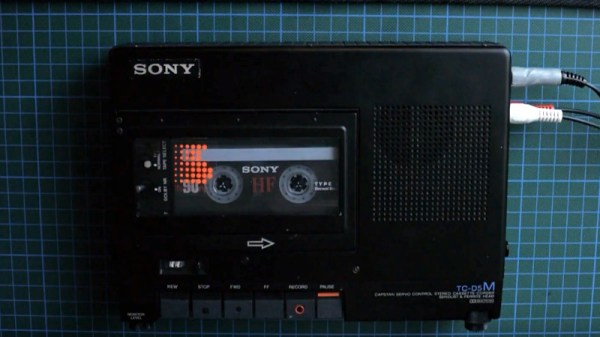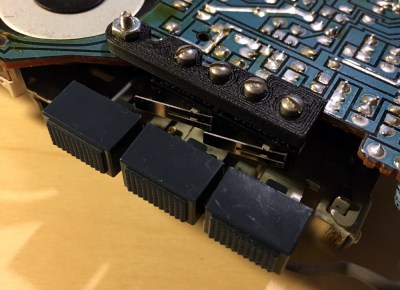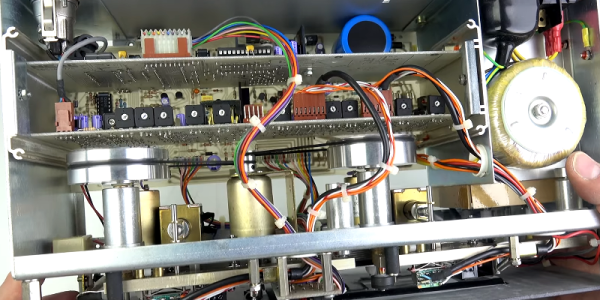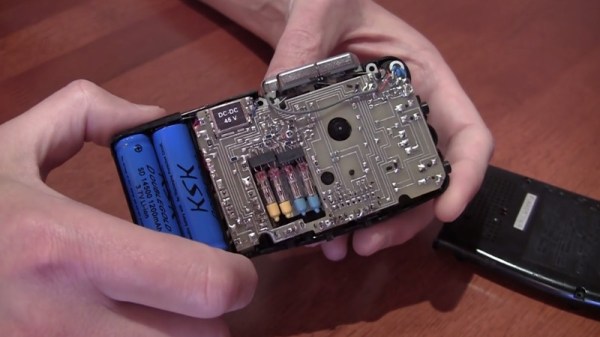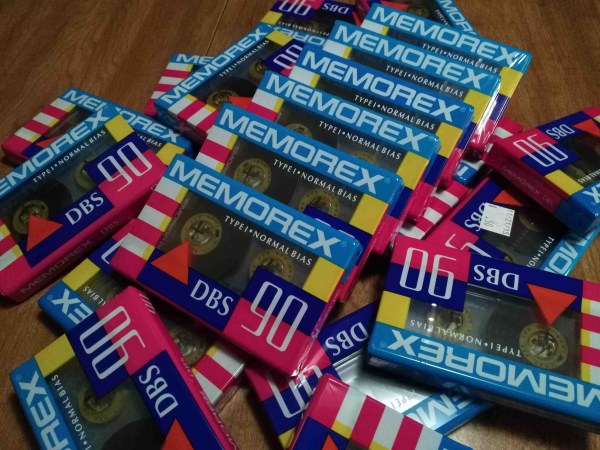My DEF CON Safe Mode badge just arrived in the mail this afternoon. The Vegas-based conference which normally hosts around 30,000 attendees every year has moved online in response to the global pandemic, and the virtual event spins up August 6-9. Known for creative badges, North America’s most well-known infosec con has a tick-tock cycle that alternates electronic and non-electronic badges from year to year. During this off-year, the badge is an obscure deprecated media: the audio cassette.
This choice harkens back to the DEF CON 23 badge which was an vinyl record — I have the same problem I did back in 2015… I lack access to playback this archaic medium. Luckily [Grifter] pointed everyone to a dump of the audio contents over at Internet Archive, although knowing how competitive the badge hacking for DEF CON is, I’m skeptical about the reliability of these files. Your best bet is to pull the dust cover off your ’88 Camry and let your own cassette roll in the tape deck. I also wonder if there are different versions of the tape.
But enough speculation, let’s look at what physically comes with the DEF CON 28 badge.
Continue reading “Hands-On: The Pandemic DEF CON Badge Is An Audio Cassette”


